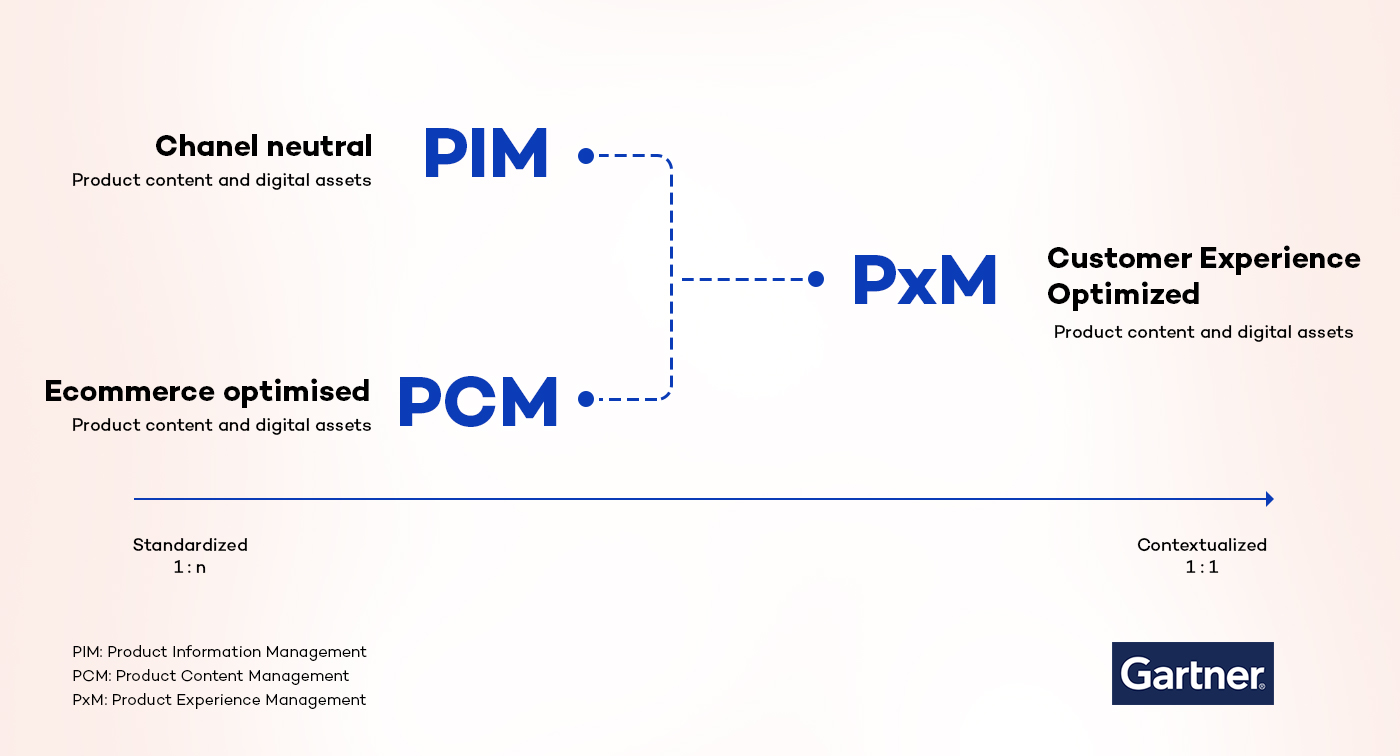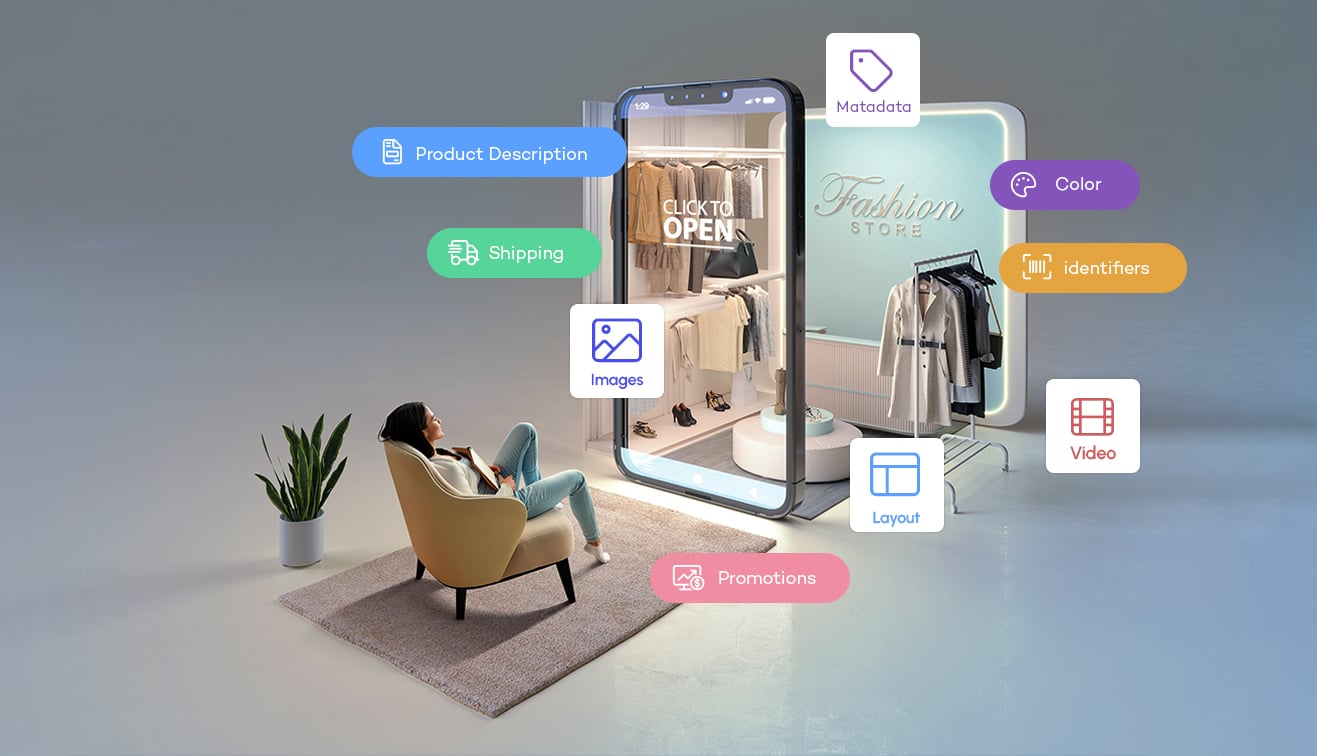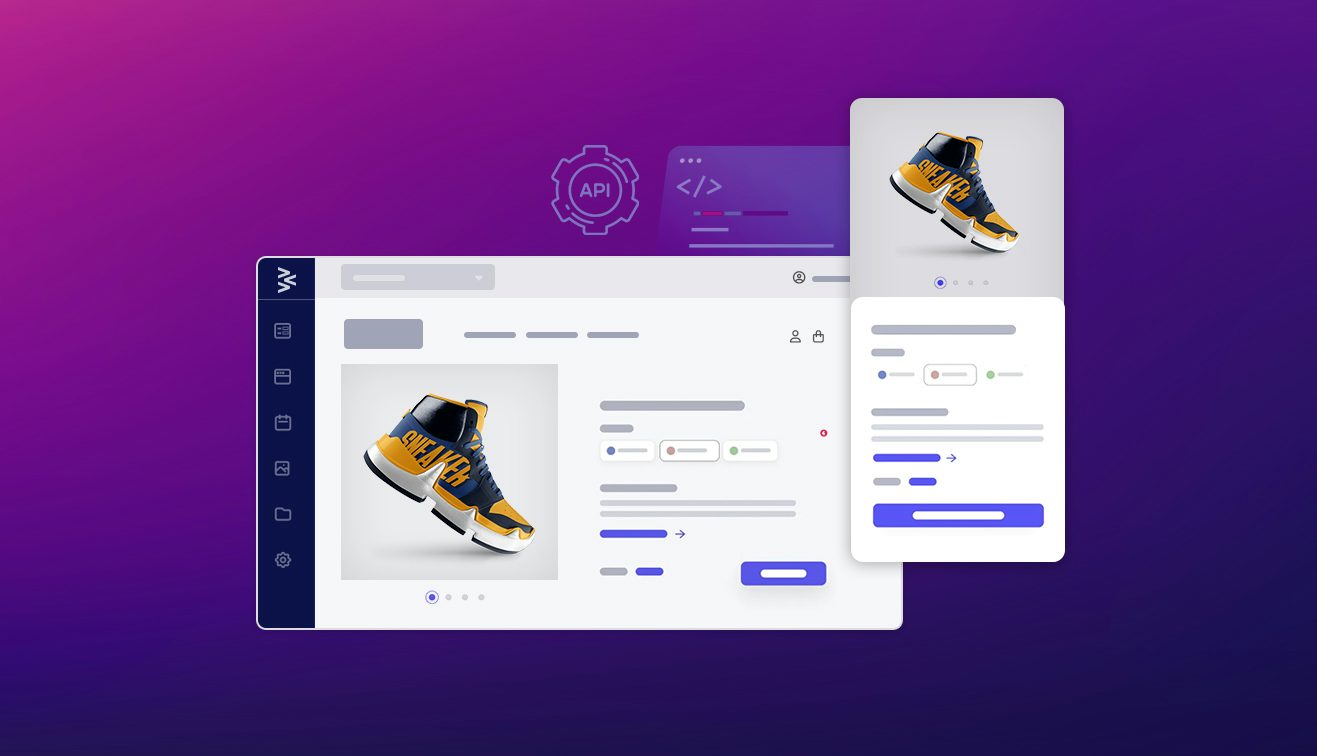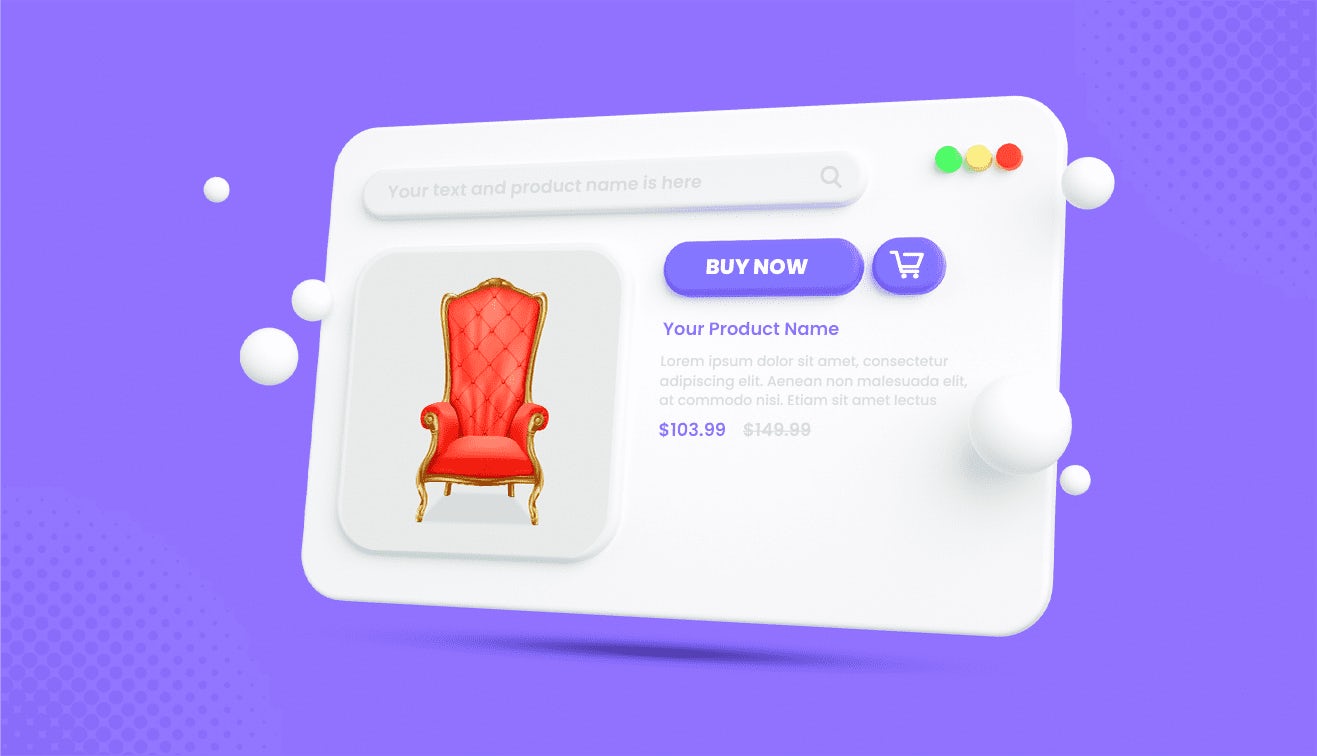When it comes to eCommerce, both B2B and B2C customers expect more than just online shopping. They demand seamless experiences tailored to their needs. This urgency drives businesses worldwide to prioritize personalized and frictionless product journeys to attract and convert visitors into customers.
In today’s competitive retail market, multiple modern solutions exist, but our focus today is on Product Information Management (PIM) and Product Experience Management (PXM). Let's delve into their similarities and differences.
Businesses using the PIM tool help to deliver a 20-50% increase in online conversions.
What is a PIM?
Imagine a business that offers a wide range of fashion products, such as shirts, trousers, dresses, and accessories. With a diverse product inventory, each item boasts unique attributes like size, color, material, style, and price.
You can implement a PIM system to:
- Handle product data efficiently.
- Centralize the storage and management of product-related information.
- Enable enrichment and product data syndication across various platforms, facilitating seamless listing on eCommerce sites through automation.
- Deliver superior product experiences by ensuring data accuracy, enrichment, and timeliness.
- Expedite the introduction of new products, bolstering organizations' competitive edge by facilitating swift updates and launches across multiple channels.
| According to the Webinarcare Report, Product Information Management is 100% concentrated on managing product information, often used for marketing and merchandising purposes. |
PIM has become a vital tool for retailers, where purchasing decisions hinge on reliable product information. From product descriptions to images and visual assets, PIM systems enrich data to provide customers with up-to-date information.
By automating the addition of supplementary information like reviews, ratings, and product comparisons, PIM empowers customers to make informed purchasing decisions, further amplifying its value in modern retail environments.
Also Read: The Ultimate Guide to Product Information Management (PIM)
What is a PXM?
Sure! Product Experience Management (PXM) in eCommerce refers to curating and enhancing product information to create engaging and consistent experiences for shoppers across various channels.
It involves managing product data, images, descriptions, and other content to ensure accuracy, relevance, and appeal to customers. PXM helps businesses showcase their products effectively, improving customer satisfaction, increasing conversions, and driving sales.
- PXM is a cutting-edge approach to crafting and maintaining captivating product experiences.
- PXM focuses on the entire consumer journey, from discovery to purchase. It involves creating, optimizing, and sharing product content across various channels, such as social media, online markets, and eCommerce sites.
- With marketing automation and customer segmentation features, PXM tailors product experiences to individual preferences and past behaviors.
- By leveraging PXM software, businesses can elevate customer experiences, enhance brand recognition, and boost sales revenue. It empowers organizations to create personalized product experiences that resonate with customers and cultivate brand loyalty.
PIM vs PXM: Differences
To select the ideal solution based on your requirements and scenarios, it's essential to grasp the differences between PXM and PIM. Here are some of the major differences between PIM and PXM:
| Key Aspects | PIM | PXM |
| Definition | PIM is a centralized hub for all your product information and digital assets. It gathers, stores, manages, enriches, and distributes everything to your various sales channels from a single location. | PXM harnesses your understanding of both products and customers to offer a customer-centric, personalized, multichannel, or omnichannel experience, guided by search and powered by social interactions, to attract and convert shoppers. |
| Purpose | It manages and organizes product data, including product characteristics, descriptions, pricing, and inventories, across various channels and procedures. | It aims to improve all aspects of the customer experience by offering suggestions, interactions, and tailored and exciting content. |
| Data Focus | PIM controls and maintains product data’s accuracy, completeness, and consistency. | PXM focuses on utilizing that data to provide meaningful and pertinent customer experiences. |
| Features | PIM tools offer capabilities such as data modeling, integration, and enrichment. They can streamline workflows, syndicate product data, and auto-enrich product assets. | PXM systems have customer segmentation, customization, digital asset management, and content management capabilities. |
| Primary Users | PIM systems are suitable for content experts, merchandisers, and product managers in charge of developing and maintaining product data. | The marketing teams, digital experience professionals, and customer engagement managers who build and optimize customer experiences employ PXM platforms. |













































































.jpg?w=3840&q=75)


.png?w=3840&q=75)











.jpg?w=3840&q=75)

